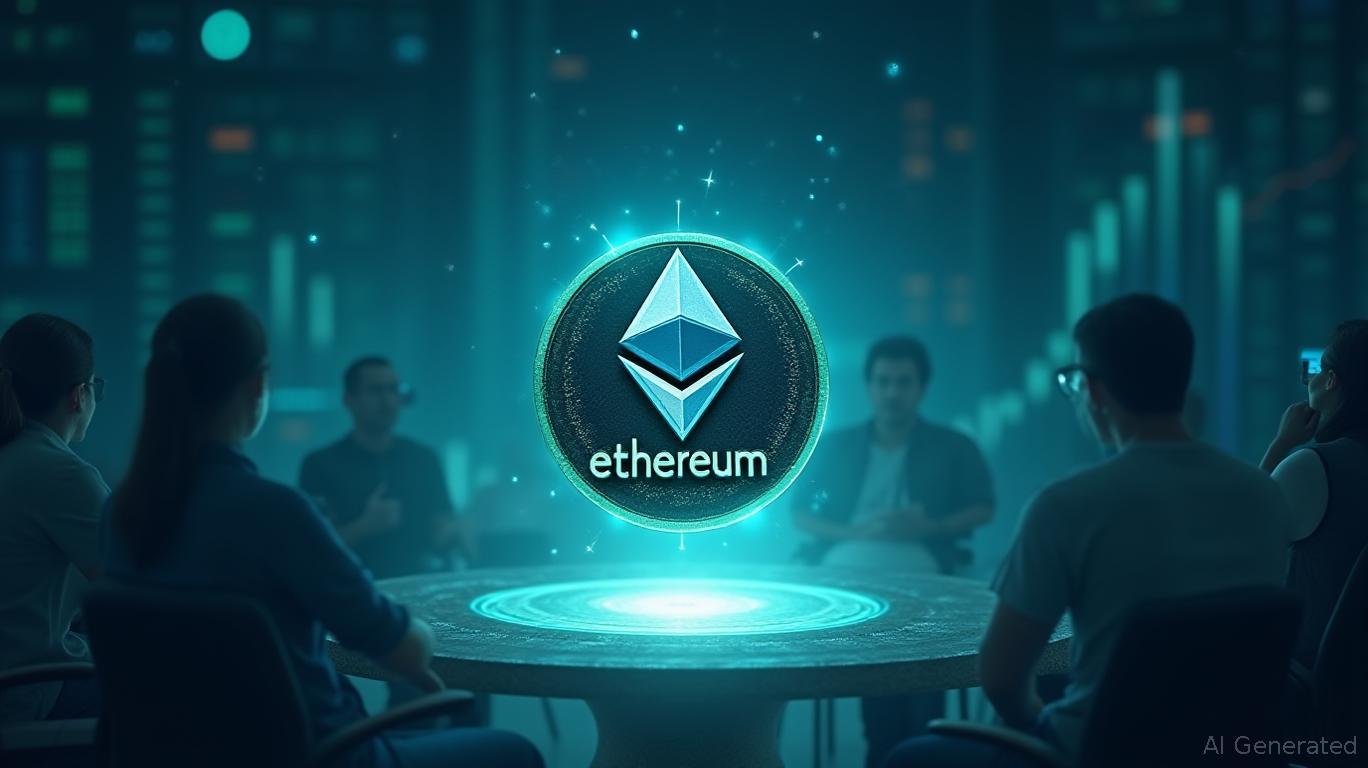Ethereum Faces Institutional Sell-Off, Key Metrics at Multi-Year Lows
Ethereum is currently facing one of its most challenging periods since its inception. The usage on its base layer is declining rapidly, and key metrics are approaching multi-year lows. Even co-founder Vitalik Buterin has proposed a significant architectural overhaul to address these issues.
Institutions are not waiting to see how these developments unfold. Blockchain data indicates that long-time supporters such as Galaxy Digital and Paradigm have been reducing their Ether (ETH) holdings in recent weeks.
In April, Ethereum’s base-layer activity continued to decline. Network fees are dropping, and inflation is rising. While layer-2 networks are developing, they are cannibalizing the base layer’s value capture.
However, the situation is not entirely bleak. Some large investors, or "whales," are viewing this downturn as a rare buying opportunity. Even those selling Ether are not fully letting go of their holdings.
Institutions are reducing their Ethereum holdings, but they are not completely abandoning it. They are exploring other options like Solana (SOL). In recent weeks, blockchain analysts noticed several institutions moving ETH out of their tagged wallets, likely to sell. Galaxy Digital, for instance, deposited 65,600 ETH to Binance. The firm’s Ether exposure peaked at around 98,000 coins in February but has since dropped to almost 68,000 ETH.
Galaxy’s holdings have declined in recent weeks but remain higher compared to the start of the year. This trend is reflected in Ethereum-based investment products, which saw $26.7 million in outflows over the past week, bringing total outflows to $772 million over eight weeks. However, year-to-date flows remain positive, with $215 million in net inflows.
As Galaxy trimmed its Ether holdings, it also withdrew 752,240 SOL. Ethereum lost considerable momentum to Solana, which became the chain of choice during the memecoin frenzy that dominated much of 2024 and early 2025. While this eventually cooled amid rampant scams and low-quality tokens, it also served as a technical showcase for Solana, proving its ability to process massive transaction volumes without major fee spikes or outages.
Paradigm is another investor that has cut back on Ether. On April 21, it moved 5,500 ETH to Anchorage Digital. Paradigm transferred around 97,000 ETH to Anchorage from January 2024, which was then moved to centralized exchanges.
“While institutional investors initially bought into the ‘ultra-sound money’ narrative, they’re now facing a reality where decreasing protocol revenue and weakening tokenomics create legitimate concerns,” said Jayendra Jog, co-founder of Sei Labs.
Ether deflation has been an attractive selling point to Ethereum investors. It was integrated into the network through two major upgrades. First, the London hard fork of August 2021 introduced Ethereum Improvement Proposal 1559, which partially burns transaction fees. Then in the Merge upgrade of September 2022, Ethereum became a proof-of-stake network and drastically cut new token issuance.
Ether’s supply consistently decreased following the Merge until April 2024, when Ether’s inflation began to accelerate. By early February 2025, the total ETH supply had surpassed its Merge level. Part of Ether’s inflation has been due to dropping fees, which results in less Ether burned.
On April 20, Buterin proposed the RISC-V instruction set to substitute the current Ethereum Virtual Machine contract language, aiming to improve the speed and efficiency of the network’s execution layer. Some view the proposal as a white flag on the existing architecture.
“Vitalik’s RISC-V proposal is essentially an acknowledgment that the EVM’s fundamental architecture has reached its limits. When Ethereum’s founder proposes replacing the core VM that underpins the entire ecosystem, it signals not evolution but recognition of a design limitation that can’t be incrementally improved,” Jog said.
Part of Ethereum’s struggles has been attributed to its rollup-centric approach to scaling its network. The idea was to build layer-2 scaling networks that would offload the transactions from the base chain but still utilize its security. That has alleviated congestion issues during times of high network demand but has also created new problems of its own, such as dropping Ether burns and fragmentation of the Ethereum ecosystem.
However, there is an increased focus on layer-1 scaling. The Ethereum Foundation will shift its focus to near-term goals, such as layer-1 scaling and layer-2 scaling support. Some whales have taken advantage of Ethereum’s cheaper price tag. On April 23, two wallets were identified accumulating millions of dollars worth of ETH. Another wallet accumulated over $100 million in ETH since Feb. 15. Ether is currently down from the plus-$4,000 it reached in December but rose over 10% on April 23 to over $1,800.
Standard Chartered Bank slashed its 2025 price estimate for Ether from $10,000. However, for whales accumulating at current levels, upside potential remains, as the bank still predicts a year-end target of $4,000. Geoff Kendrick, the bank’s head of digital assets research, attributed the more cautious outlook to Ethereum’s structural decline, noting that the layer-2 networks designed to improve scalability are now extracting much of the fee revenue once captured by the base layer.




_e45148e31749146201654.jpeg)






